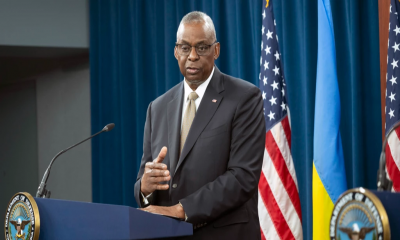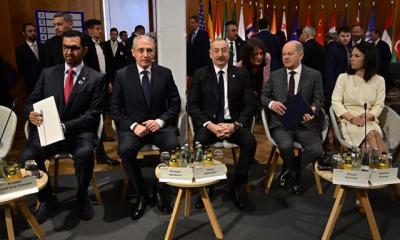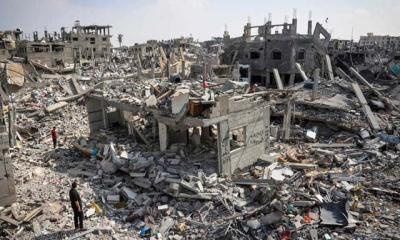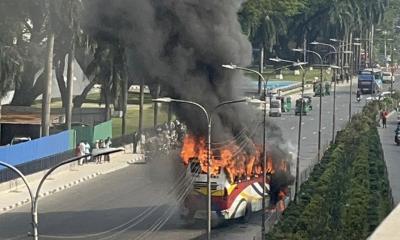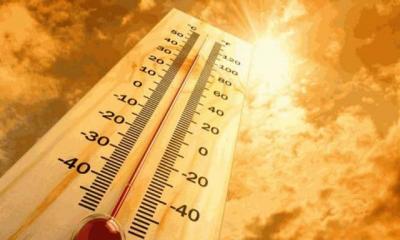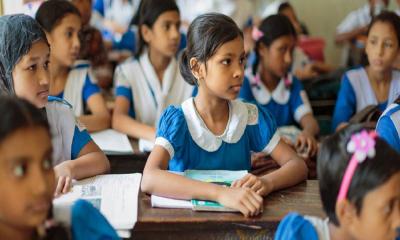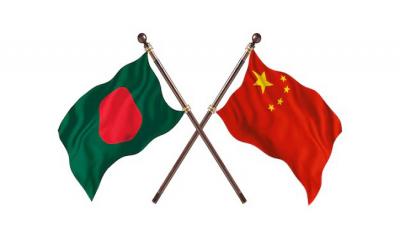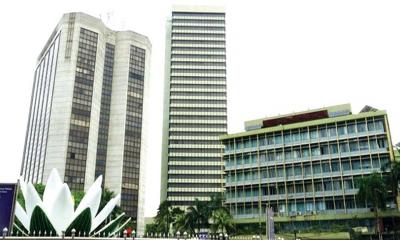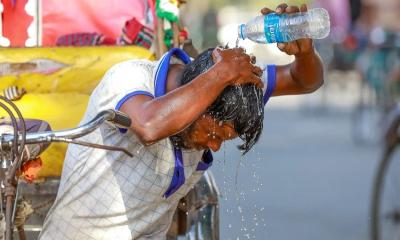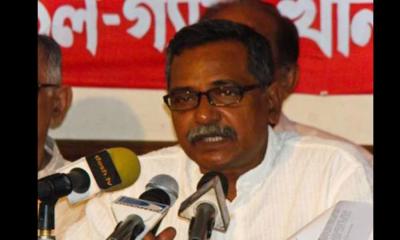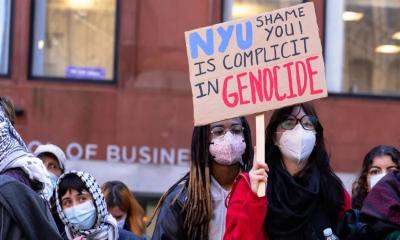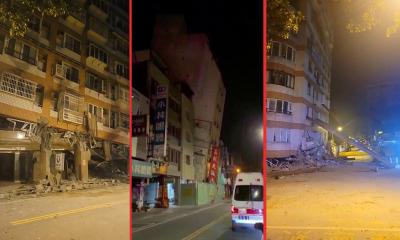The Covid-19 pandemic and ongoing war between Ukraine-Russia pose uncertainty in meeting the long cherishing goal of eradicating extreme poverty by 2030, forecasted a recent report of the World Bank.
The report titled "Poverty and Shared Prosperity 2022 ", released on Wednesday, underlined the Covid-19 pandemic as a historic turning point of poverty as the global catastrophic event pushed 71 million more people to extreme poverty in 2020.
With the new figures, about 9.3% of the world`s population or roughly 719 million people were living on just US$2.15 a day in 2020, the report showed.
Meanwhile, the raging war in Ukraine, slowed growth in China and major hike in food and energy prices further weakened the global efforts of poverty eradication.
Despite collective global attempts, an estimated 574 million people, or about 7.0% of the world`s population would still be living at that same income level by 2030, it said.
The global poverty scene will be dominated by the continent of Africa, especially the Sub-Saharan region, followed by South Asian countries like India, Pakistan and Bangladesh, the Middle East, etc.
The World Bank Group President David Malpass, in a statement said: "Progress in reducing extreme poverty has essentially halted in tandem with subdued global economic growth."
He underscored inflation, global currency depreciations and Ukraine-Russia conflict as the key reasons of increased extreme poverty.
The report also showed that the failure to reduce poverty in developing countries may also limit growth prospects in advance economies, decelerate efforts against climate change, and intensify flows of migrants.
It said poverty reduction had already slowed in the five years leading up to the pandemic, and the poorest people clearly bore its steepest costs.
The poorest 40% of people saw average income losses of 4% during the pandemic, twice the losses experienced by the wealthiest 20%, the report said.
Extreme poverty was concentrated in sub-Saharan Africa, which has a poverty rate of about 35% and accounts for 60% of all people in extreme poverty, the report said.
Projections for 2022 are that the pace of poverty reduction will further stall as global growth prospects dim with the war in Ukraine, a growth slowdown in China, and higher food and energy prices.
High food price inflation can in the short run have especially detrimental impacts on poorer households, which spend a larger share of their income on food.
In the long run, households may adapt to higher prices by changing their consumption patterns to at least partly lessen the impacts, and wages in certain sectors can adjust.
For many poor rural households engaged in agriculture, higher food prices can be a source of income growth.
However, increases in food prices will hurt urban households, specially the urban poor living slum areas.







